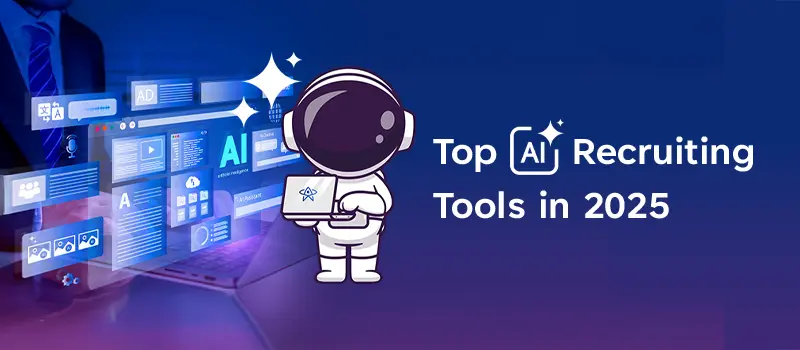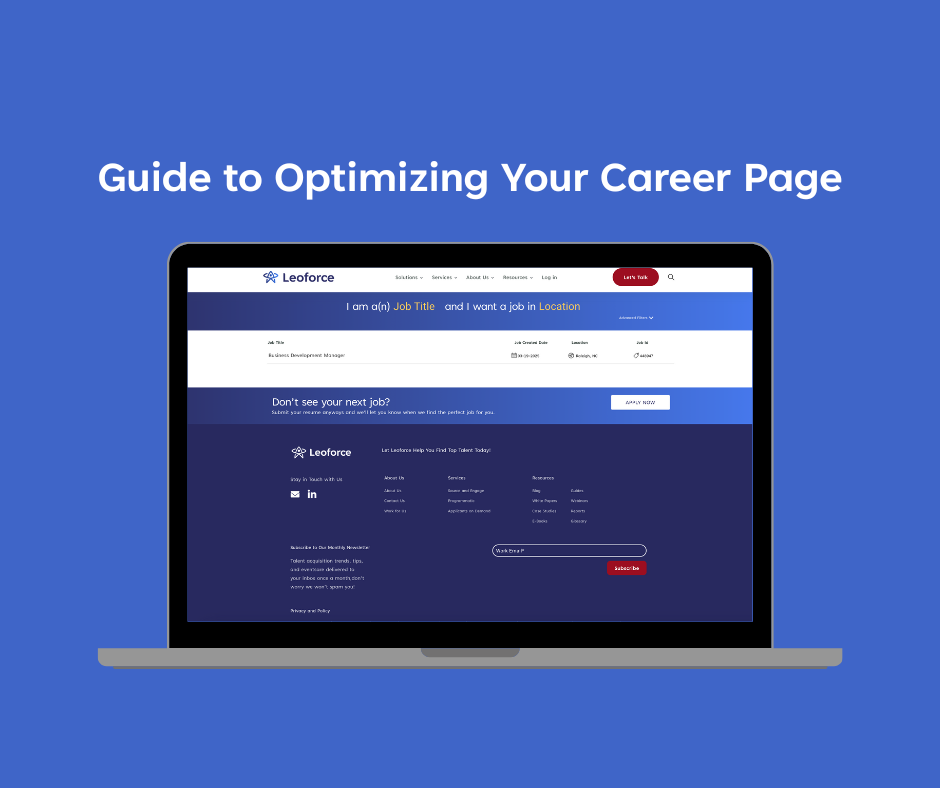Hiring Strategies for Layoffs: Should Companies Focus on Lateral Hiring?

While it’s true our attention has been captured by the massive shedding of workers by big tech giants Google, Meta, Amazon, Twitter, and others, the current slew of layoffs isn’t confined to big tech. Layoffs seem to be happening at companies from across the business spectrum including at industry-leading companies like FedEx, MacDonald’s, and 7-11.
As the world keeps on turning and business keep on churning out pink slips, it begs the question – what can companies do to manage the daily grind of grinding out whatever it is that particular business grinds out, in exchange for cold, hard profits? After all, someone has to man the ship, the gas pump, the fryer, the delivery truck…you get the picture. Companies aren’t going under; they’re just getting leaner. And that means getting more strategic in how you manage your workforce.
One approach to consider if you’re trying to keep the boat afloat (or the burgers flipping) during layoffs is – lateral hiring. Before we explore the ins and outs, pros and cons of lateral hiring, let’s explore what it actually means in the workplace.
What is Lateral Hiring?
Strictly speaking, lateral itself is defined by Dictionary.com as – a position, office, etc., that is different but equivalent or roughly equivalent in status, as distinguished from a promotion or demotion: a lateral move. For this discussion, lateral hiring is a recruiting practice that involves bringing in existing employees from other departments or known external candidates with a similar skill set to fill the roles vacated during a layoff. It’s a way to maintain continuity within an organization, while also freeing up resources that would have gone towards interviewing and onboarding new hires.
If you’re a recruiter or an HR team in an enterprise organization using a direct sourcing recruiting model, you’re already in a great position to leverage your own internal talent pool to respond to the labor gaps caused by layoffs. What’s more, if you’ve got access to the right AI-powered sourcing tools; tools that help automate processes, but also simultaneously resurface qualified candidates within your own talent pool, lateral hiring is even easier and more efficient. But you may be wondering if lateral hiring works well for every company. What about small companies with fewer resources in general? We’ll get to that shortly. First, a little bit about the pros and cons of lateral hiring.
The Pros of Lateral Hiring
Promoting from within. Cross-pollinating within departments. Whatever you want to call it, it’s all about tapping into your own resources when you need to – to achieve the ultimate goal of maintaining workforce and business stability when things are far from stable.
- Boosts morale – Layoffs are never good for morale. And low morale is bad for productivity. With lateral hiring, instead of cutting jobs, companies can move employees into different roles that better match their skills and interests, keeping morale and productivity higher.
- Reduces costs – Laterally moving or hiring employees or external candidates into a role can be more cost-effective on a few fronts. Since they’re already in your talent pool or working in a different department, companies don’t have to go through the time-consuming and expensive process of searching for and interviewing new hires. Also, if you’re considering them for a lateral hire, they likely already have the necessary experience for the role, saving time and money on training.
- Decreased risk of bad hire – Let’s face it – a known candidate is less of a risk than an unknown candidate. Plus – if you have access to the right AI recruiting tools, you can efficiently match the right candidates in your talent pool for open positions, eliminating guesswork and reducing the risk of bad hires. PS – depending on the role, the average cost of a bad hire is around 30% of that employee’s annual salary. Even at a mid-range salary of $80k, that translates to $24K in costs.
- Employee development potential is high – Lateral hiring can also give employees an opportunity to expand their skillset and experience, allowing them to develop professionally while working in different departments or roles. Translation – making lateral hires engenders loyalty and also leads to, well, the development of leaders. Which can be win-win for an organization.
The Cons of Lateral Hiring
It’s not all sunshine and roses with lateral hiring and we’d be remiss if we didn’t point out some of the drawbacks.
- Smaller, less established businesses may experience more challenges – One key challenge with lateral hiring can happen in smaller companies who haven’t been in business for a long period of time. These companies may find it difficult to attract experienced, qualified professionals in their industry due to limited openings, lack of job security, and a well-established company culture. Smaller businesses may also not have access to robust recruiting technology that streamlines the lateral hiring process.
- Integrating lateral hires can be challenging – Whether the lateral hire is internal or external, there could be challenges with integrating them into an existing team. The existing team may feel threatened or resentful, (particularly if the lateral hire is replacing a colleague who was laid off) leading to a decrease in morale. And existing team members can also feel overlooked or undervalued if they were passed over in favor of an external hire.
- Sometimes the pool is limited – Even though lateral hiring can be an ideal solution, there are many industries and roles where the available pool of talent is limited. This can lead to additional external recruiting and training costs and can leave a position vacant putting more pressure on the existing team, which can affect morale and productivity.
How Small Companies Can Manage Lateral Hiring During Layoffs
Layoffs are a difficult situation for any business, particularly smaller companies with fewer resources. But when it comes to managing layoffs in a way that is beneficial for the company and its employees, lateral hiring is a great option to consider.
Small companies often have limited resources and personnel, making it difficult to conduct the necessary research to determine the right candidates would be the best fit for their organization. There is also fierce competition for top talent and larger organizations who have the ability to automate processes and strategically source the most compatible candidates faster, are naturally going to have the upper hand.
Fortunately, small companies can arm themselves with the right technology solution to overcome these challenges. And that solution is to empower their recruiting and sourcing processes with the power of AI. With an AI sourcing platform such as Leoforce, candidate screening, engagement, and shortlisting is streamlined and automated, making it easy to identify the right internal and external candidates for lateral hiring. Leoforce simultaneously sources, scores, and ranks candidates based on 7 multidimensional data points and over 300 attributes to identify the most compatible candidate for the role.
The Bottom Line
Even though the Great Dismissal seems to have eclipsed the Great Resignation in terms of media airtime, the reality is that resignations are still surpassing layoffs by 3 to 1. Whether your business is being affected by massive layoffs or bulk resignations, lateral hiring can be a great solution because it allows you to reallocate resources and make sure the right people are in the right roles. But to do it correctly, it’s critical to have the right AI sourcing technology in place. Book your demo of Leoforce today and be one of the companies to come out on top – regardless of what the future of employment holds.





